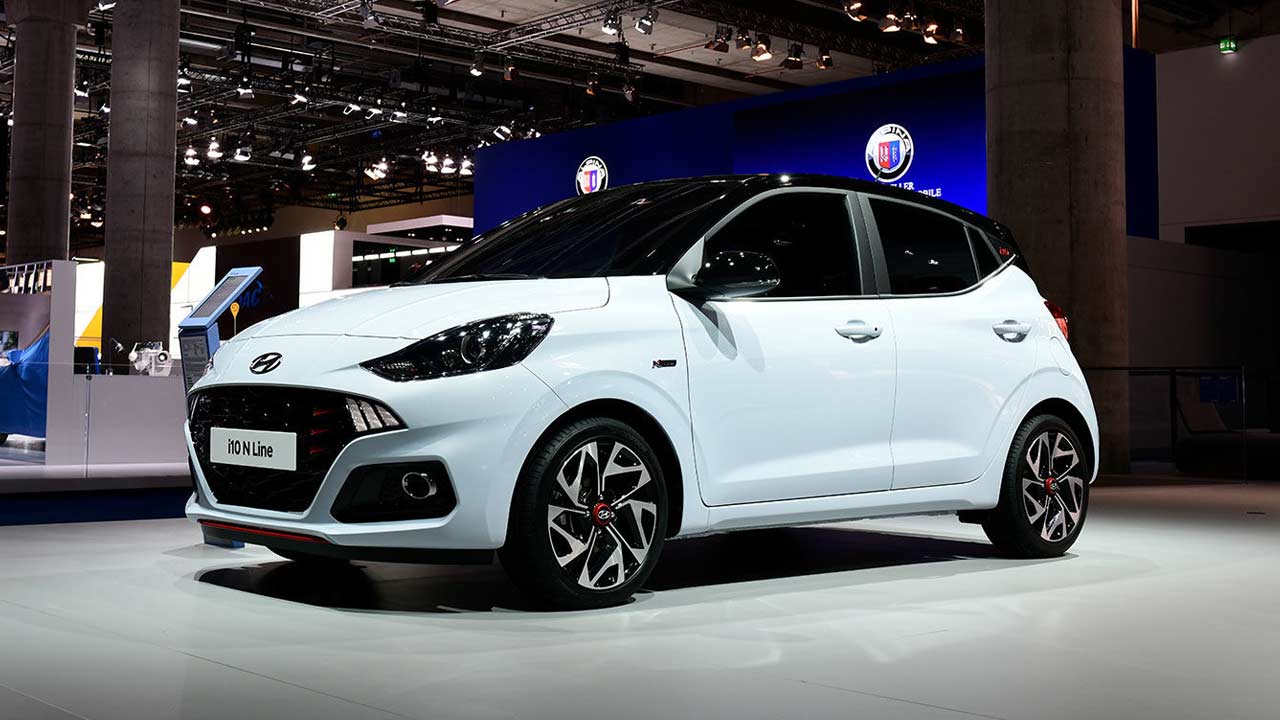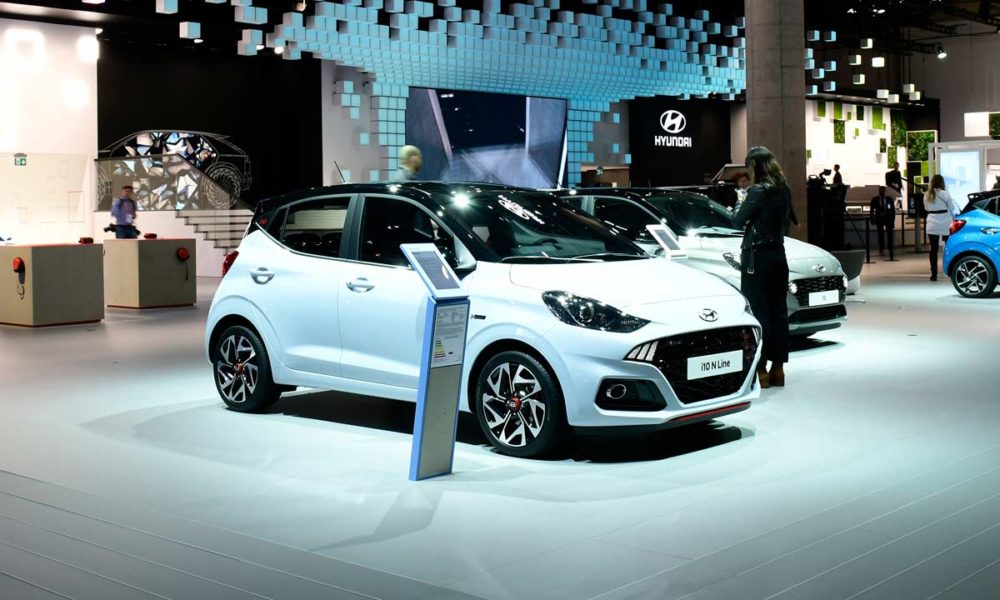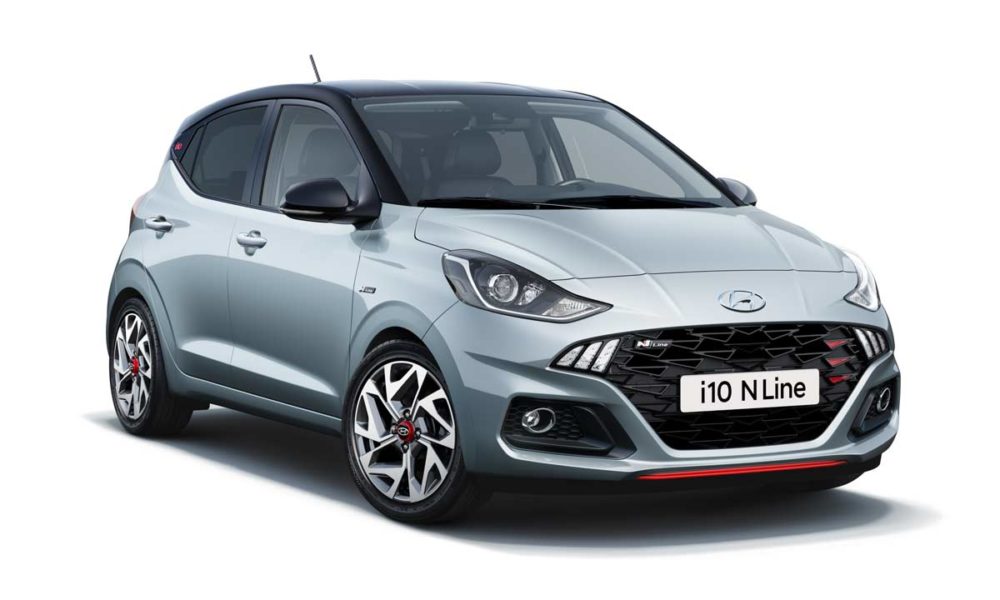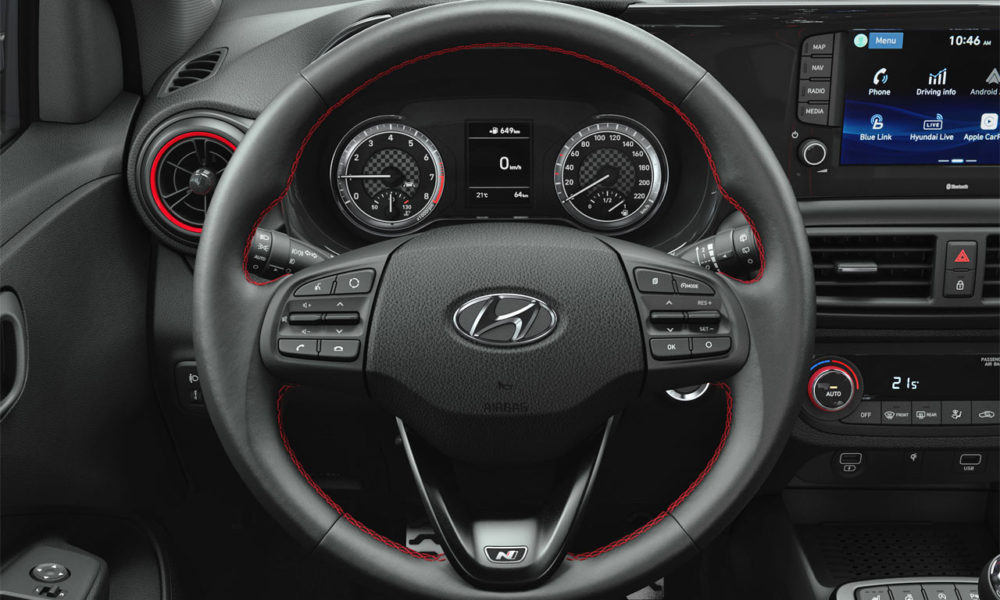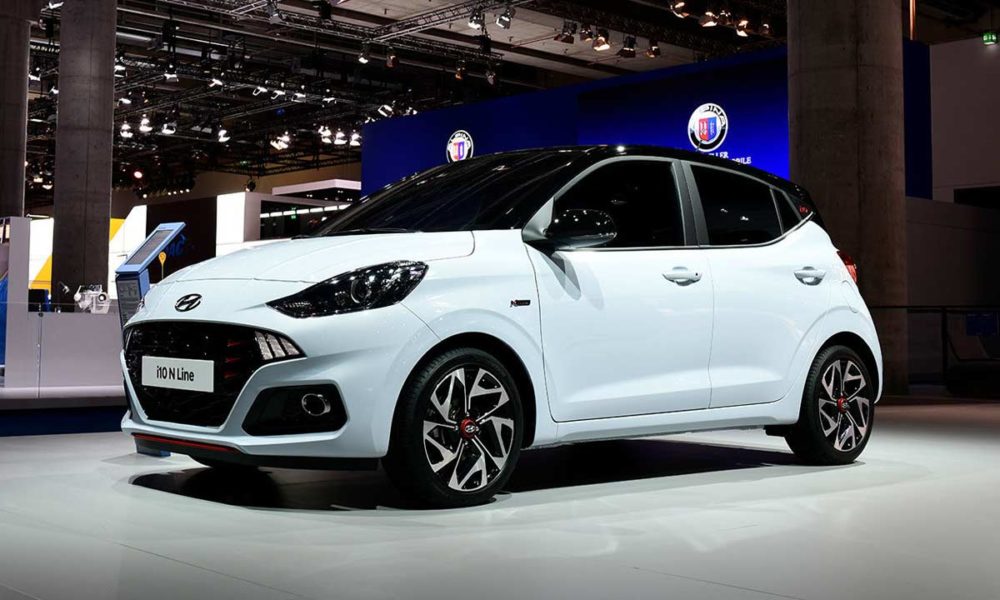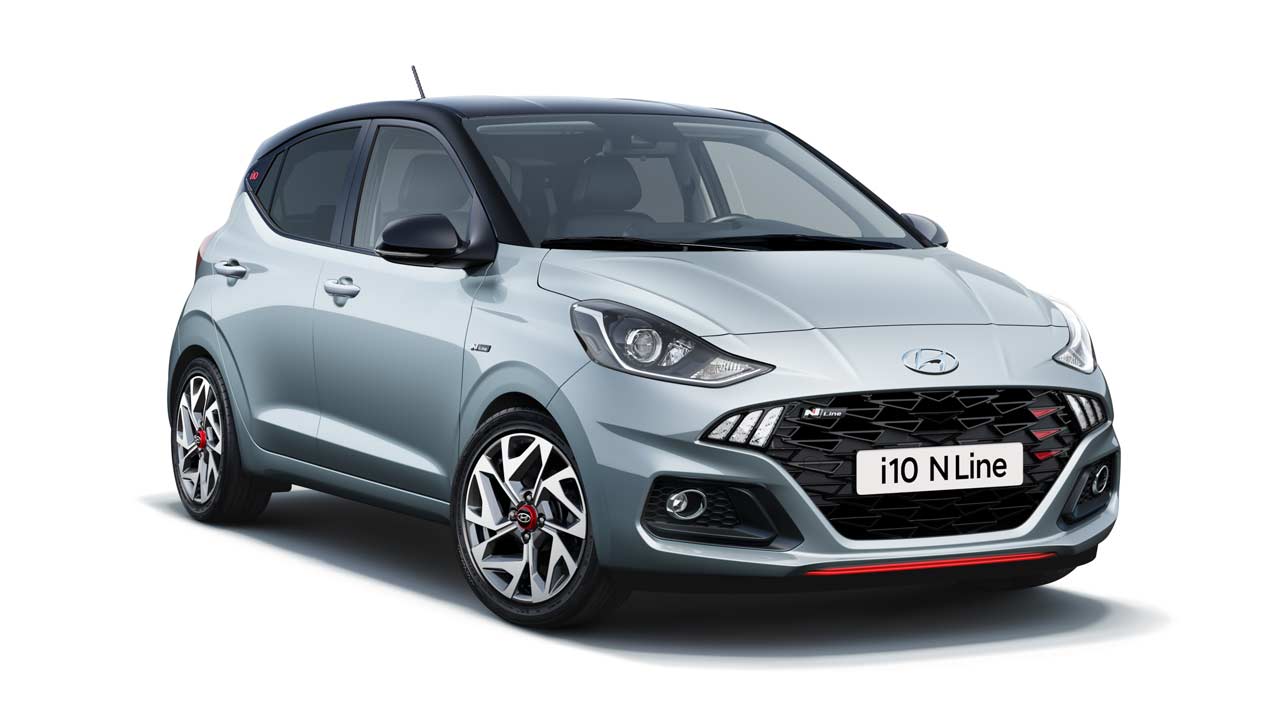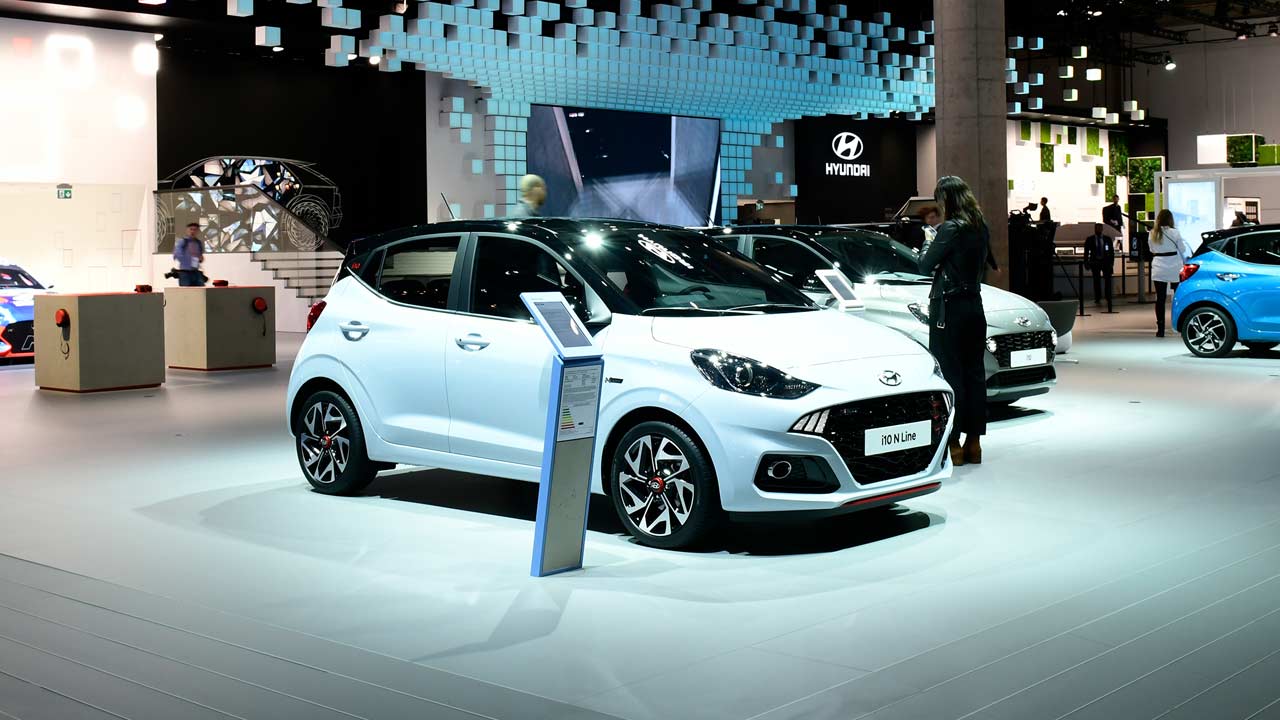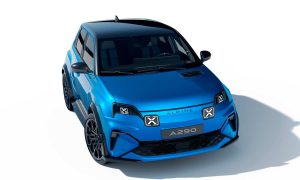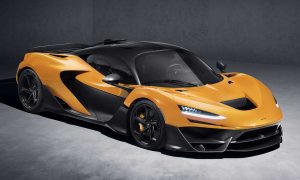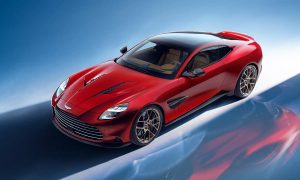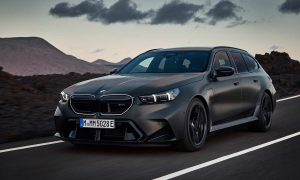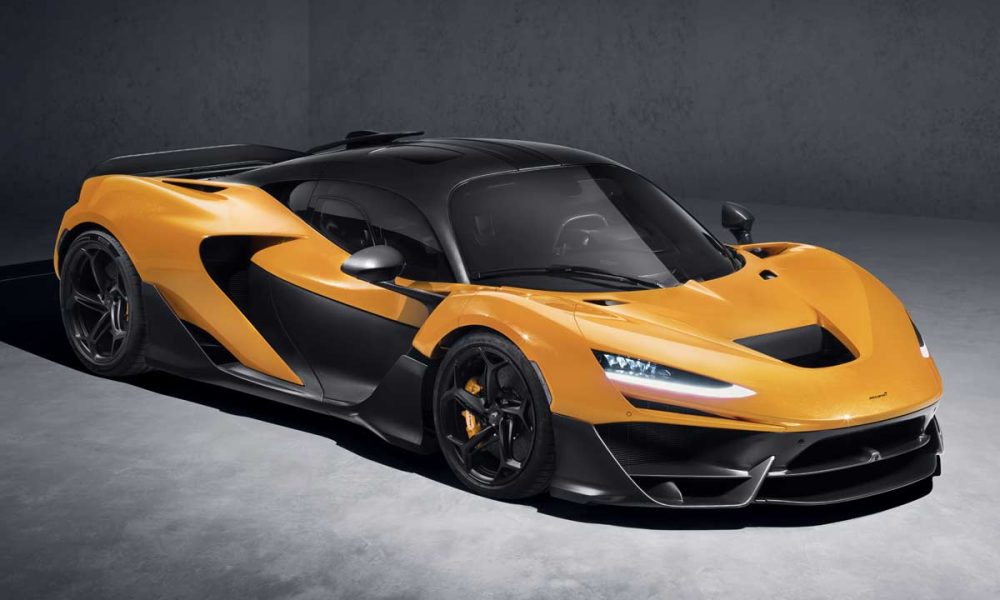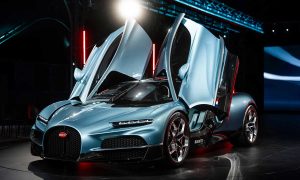For those who are wondering, the N for Hyundai is what M is for BMW or AMG is for Mercedes. Hyundai already has few models under that performance sub-brand. The latest one to receive the N badge is this i10 N Line, based on the 3rd generation i10 that we saw recently. It’ll be available in Europe in summer 2020.
Compared to the regular i10, the N Line gets a bit more aggressive face with triangular-shaped grille pattern, and subtle yet tastefully applied red inserts. Unlike the circular DRLs in the regular i10, the N Line gets triple LED elements. The rear-end gets a diffuser insert with twin circular tailpipes, and the 16-inch alloy wheels are exclusive to the model. Buyers can choose from a total of 6 exterior colours which can be combined with a two-tone roof.
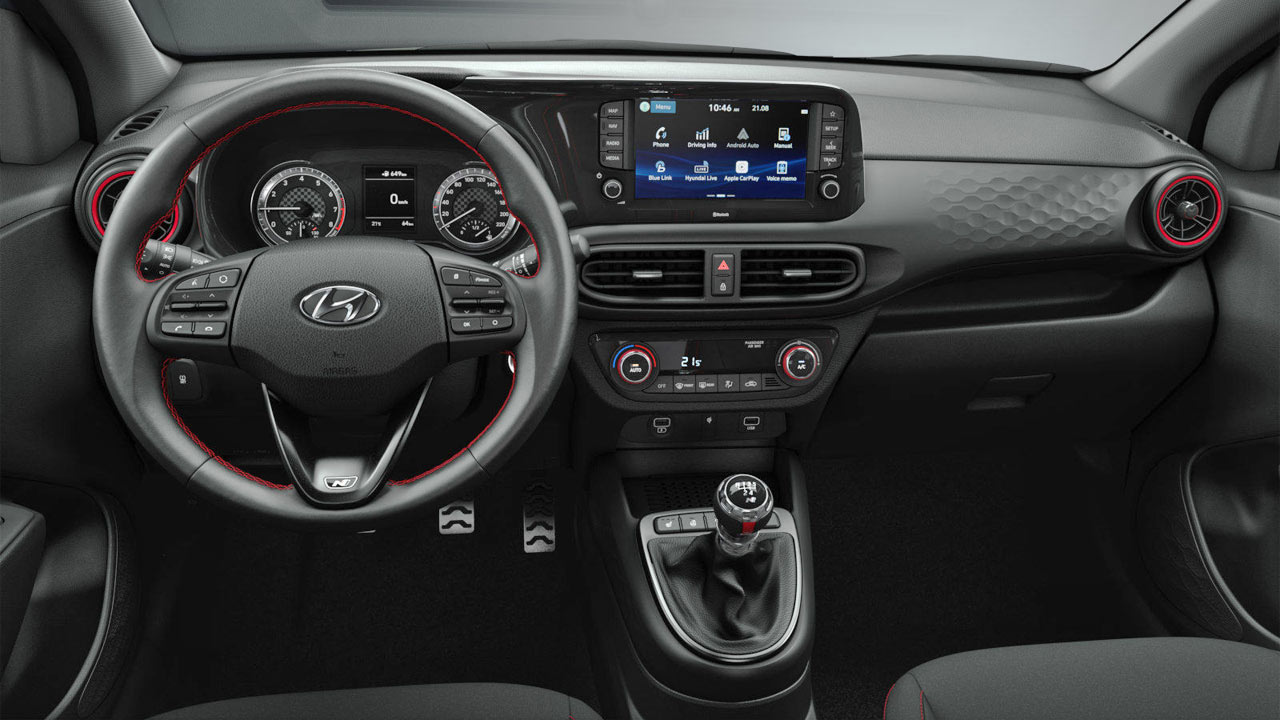
Interiors of the i10 N Line have been injected a dose of sex appeal with N-branded steering wheel and gear shift lever, air vents with red surrounds, metal pedals, and sporty seats with red contrast stitching.
Taking inspiration from our high-performance sub-brand Hyundai N, the i10 N Line features an even more dynamic look. In the past year, N Line has become an important component of our model strategy and we are excited to introduce the N Line character to our i10 customers. – Andreas-Christoph Hofmann
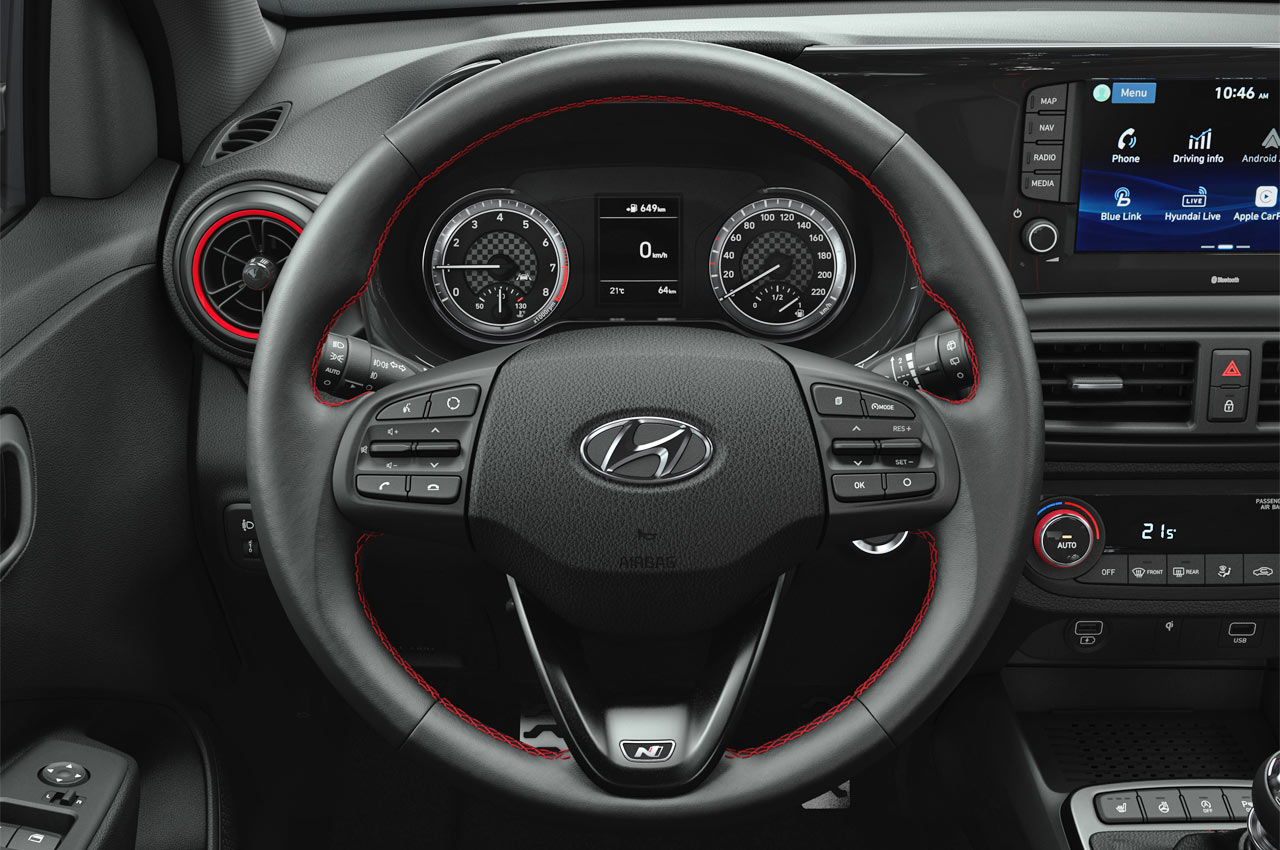
The i10 N Line is powered by a 1.0 3-cylinder T-GDi (turbo petrol) engine, producing 100 PS and 172 Nm of torque, paired to a 5-speed manual transmission. The same 1.2-litre 4-cylinder MPi petrol engine of the regular i10 is also on offer, producing 84 PS and 118 Nm of torque, paired to either a 5-speed manual transmission or a 5-speed AMT. With the latter, a 0 – 100 km/h acceleration is claimed to happen in 12.6 seconds (MT), and the top speed is 171 km/h.

Leave a Reply
Note: Comments that are unrelated to the post above get automatically filtered into the trash bin.
